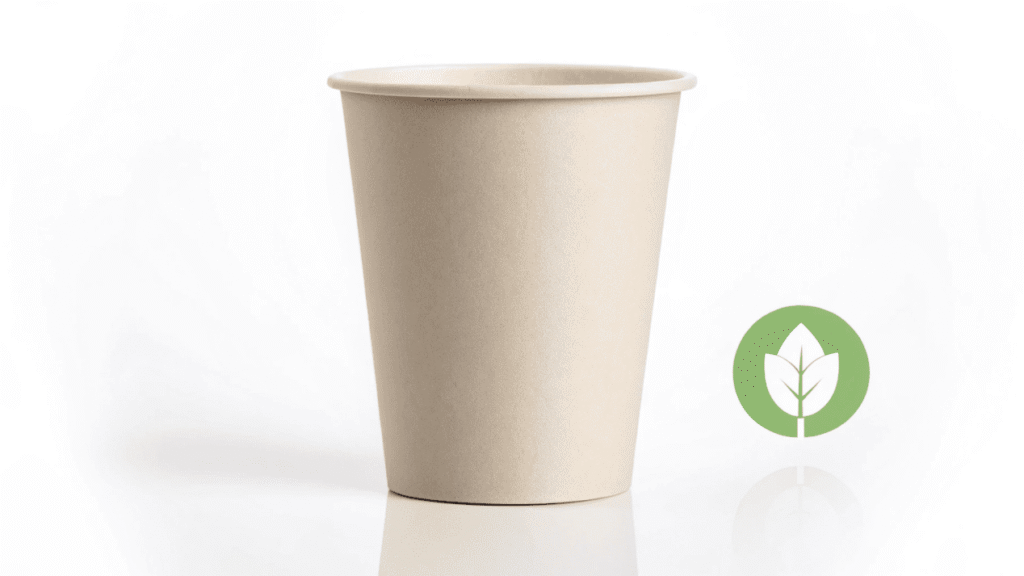You want the most sustainable cup, but you know it's held together by something. You wonder if the hidden glue is bad for you or the environment.
Yes, it's possible to make paper cups without glue by using heat or ultrasonic sealing to fuse the cup's own plastic lining. This creates a cleaner, more easily recyclable, and compostable product with just two materials: paper and plastic.
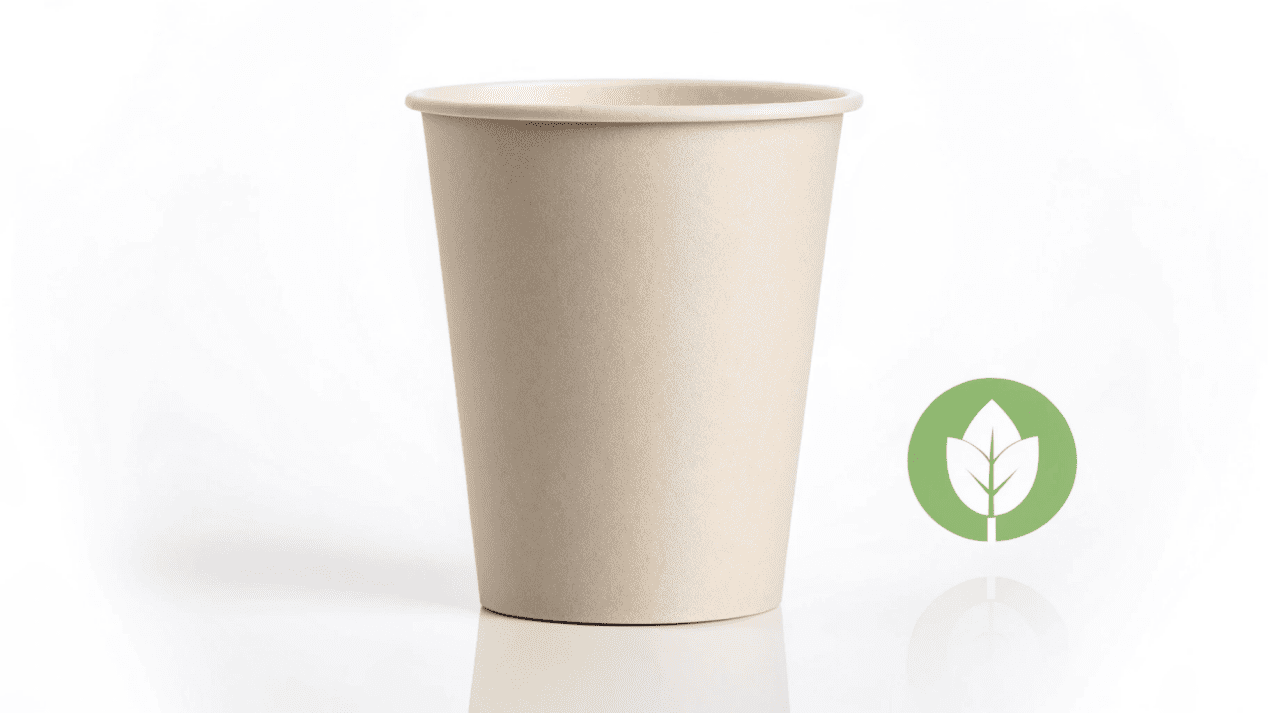
I'll never forget the first time I saw a glueless cup-making machine. It was at a packaging trade show in Germany a few years ago. It was slower and much louder than our traditional machines, but I knew I was looking at the future. Customers always ask me about making cups purer and more eco-friendly. Removing the adhesive is a huge step in that direction. But it's not as simple as just turning off the glue gun. It requires a complete change in how we think about building a cup, from the ground up.
How Can You Even Bond a Paper Cup Without Glue?
If you don't use glue, it seems like the cup would just fall apart. You're wondering what kind of magic holds the seam together so securely.
The magic is a process called heat sealing. We use targeted heat or ultrasonic vibrations to melt the cup's own internal plastic lining, effectively welding the seam together without any extra adhesive.
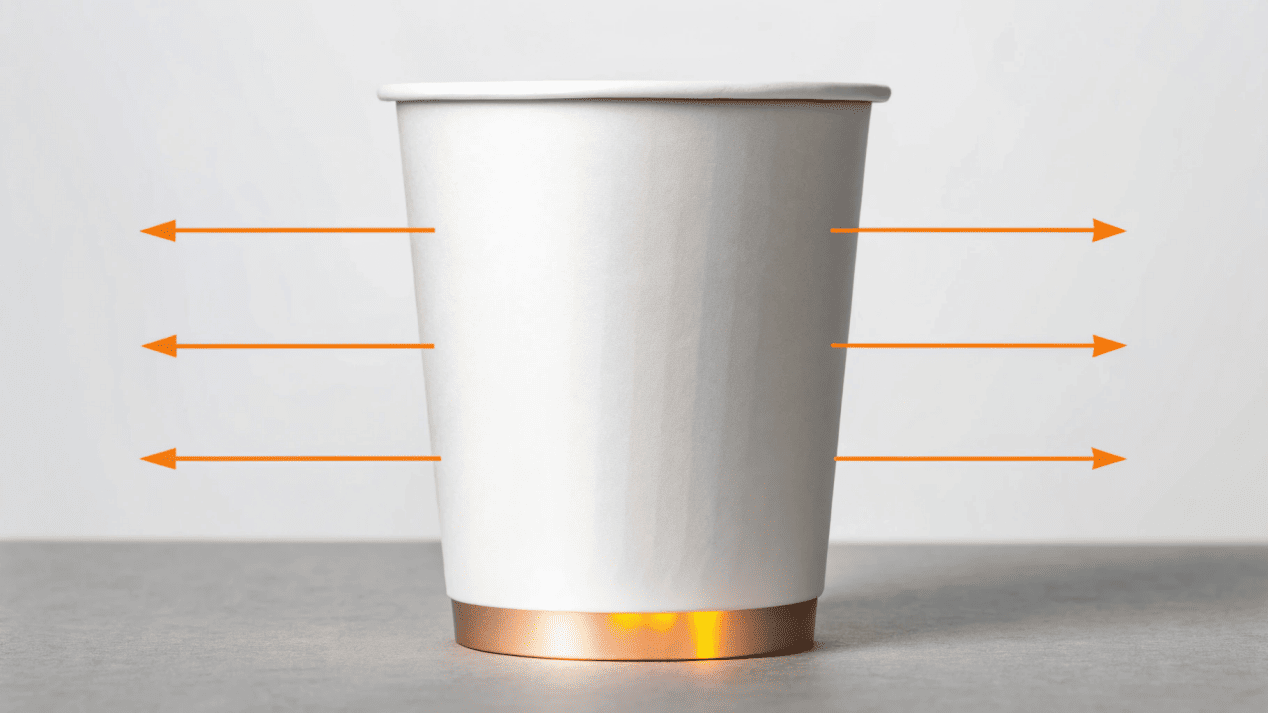
This is where my engineering background gets me excited. We are not adding a new material; we are using an existing material in a smarter way. The cup's plastic lining, which is necessary for waterproofing, now performs a second job.
Heat and Ultrasonic Sealing
The most common method is direct heat sealing. The paper blank is folded into shape, and a very hot tool applies intense, controlled heat right at the seam. This melts the PE (polyethylene) or PLA (polylactic acid) coating on both sides of the overlap. When pressure is applied, they fuse together into one solid, waterproof piece.
A more advanced method is ultrasonic sealing. This uses high-frequency sound vibrations. The vibrations cause the plastic molecules at the seam to rub together so fast that they generate their own intense heat through friction. This melts and fuses the lining almost instantly, with incredible precision.
Double-Duty Material
In both cases, the plastic lining is now serving two purposes:
- Waterproofing Barrier: Keeping your drink inside the cup.
- Bonding Agent: Acting as the "glue" that holds the cup together.
This simple but brilliant idea is the key to the entire glueless process.
Are Glueless Cups Safer or More Eco-Friendly?
You hear that food-grade glue is already safe, so you question the real benefit. Is removing it just a marketing gimmick, or is there a genuine advantage for health and the planet?
While modern adhesives are non-toxic, the real win is for the environment. Glueless cups are "cleaner" to recycle and compost because they eliminate a synthetic contaminant from the material stream.
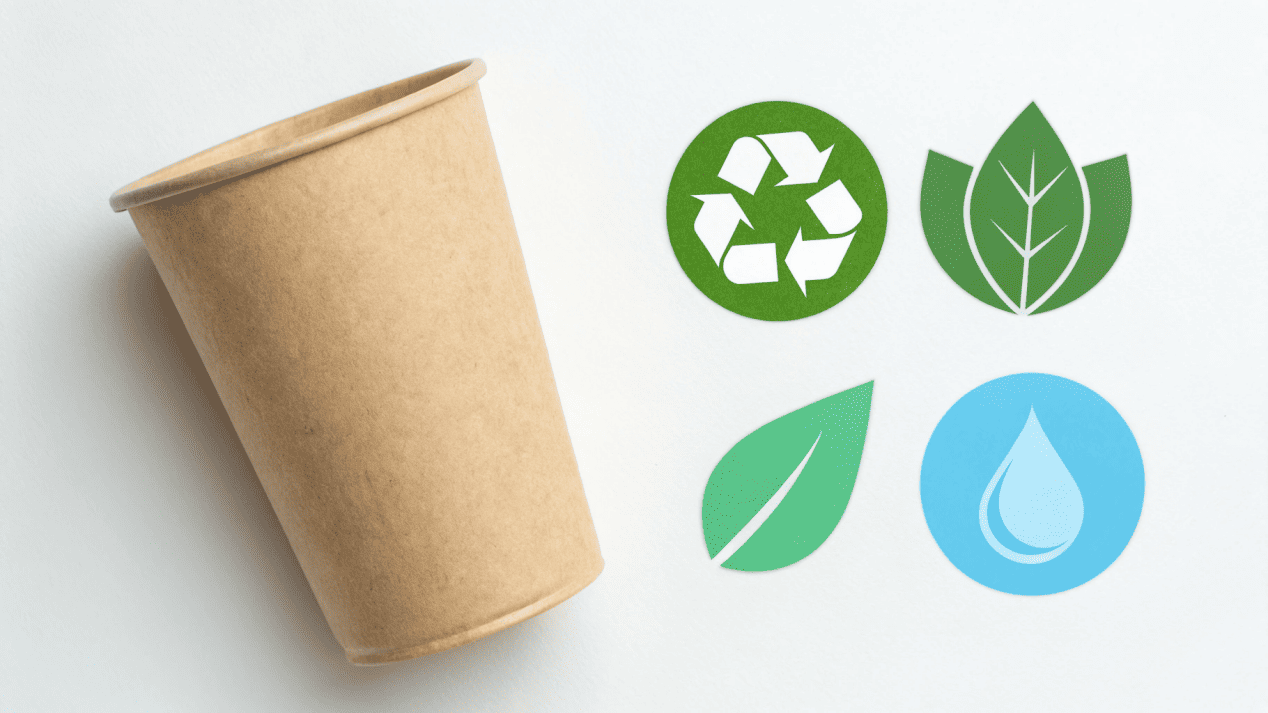
This is a point I always clarify with my clients. The "safety" improvement isn't about human health—the glues used in food packaging are rigorously tested. The real benefit is achieving material purity, which has a massive impact on what happens to the cup after it's used.
A Cleaner Path to Recycling
In any recycling process, contamination is the enemy. While small amounts of glue can be filtered out, removing it completely makes the process much simpler. A glueless cup is made of only two things: paper fiber and one type of plastic (PE or PLA). This simplified composition makes it easier for advanced recycling facilities to separate the paper from the plastic, resulting in a higher quality of recovered materials.
Purer Composting
For compostable PLA cups, this is even more critical. Industrial composting facilities have very strict rules about foreign materials. Removing the non-biodegradable glue ensures the cup breaks down more cleanly and completely, leaving behind fewer synthetic residues. It helps the cup meet the highest standards of compostability.
| Feature | Glued Cups | Glueless Cups |
|---|---|---|
| Materials | Paper + Plastic + Glue | Paper + Plastic |
| Recycling | More complex, potential contaminant. | Simpler, cleaner material stream. |
| Compostability | May leave glue residue. | Cleaner breakdown, better for soil. |
Why Isn't Every Paper Cup Made This Way Then?
If glueless cups are so much better, it seems strange that they aren't the standard everywhere. You wonder what the catch is that prevents every factory from making the switch.
The catch is the massive cost and difficulty. It requires brand-new, expensive machinery, extreme manufacturing precision, and can have slower production speeds. It's a huge engineering and financial challenge.
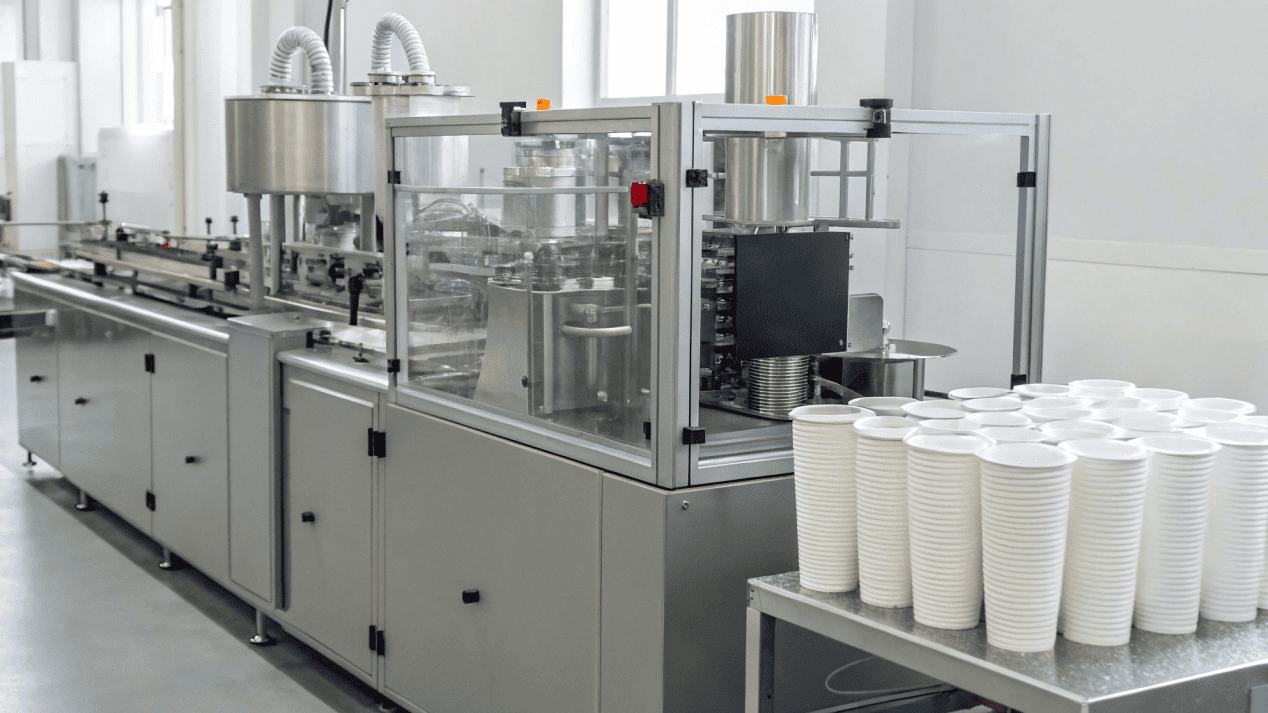
As a manufacturer, this is the practical reality we face. You can't just install a small upgrade on an old machine. You have to invest in a completely new production line.
The Engineering Hurdle
The process is simple in theory but incredibly hard to execute perfectly at high speed.
- Too little heat? The seam is weak, and the cup will leak.
- Too much heat? You burn the paper or melt the plastic completely, and the cup will leak.
That margin for error is tiny. Achieving a perfect, consistent seal on millions of cups requires very sophisticated and expensive equipment.
Investment and Speed
The capital investment for a new glueless production line can be hundreds of thousands of dollars. Early generations of these machines were also slower than traditional glue-based machines, which pushes the cost per cup higher. The technology is getting faster, but it's still a major barrier for many manufacturers to adopt. This is why you don't see them everywhere just yet.
Finally, Are Glueless Cups More Expensive?
You want the most sustainable option for your brand, but you also have to manage your budget. You need to know if "glue-free" comes with a significant price increase.
Yes, glueless cups are currently more expensive due to the high machinery and R&D costs. The true ROI comes from brand value, as eco-conscious consumers are often willing to pay more for a superior product.
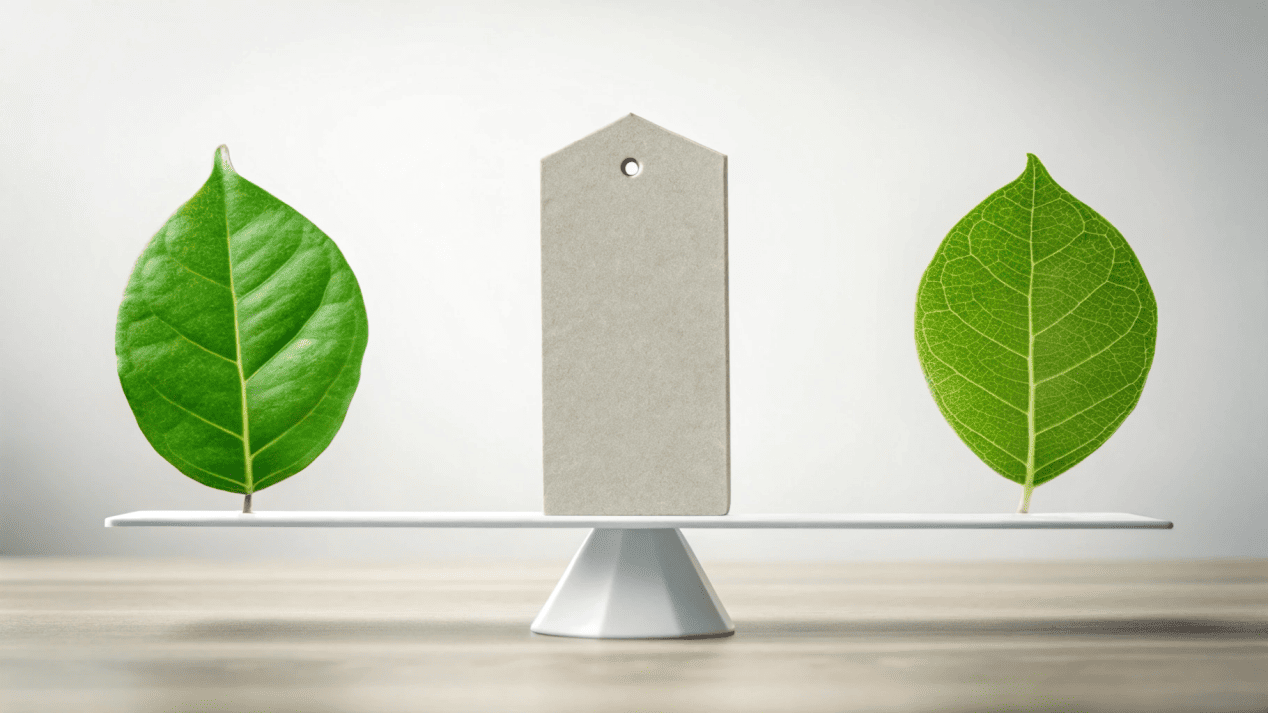
The decision to buy glueless cups is a perfect example of balancing initial cost against long-term value. While we save a tiny amount on not buying glue, that saving doesn't come close to offsetting the higher operational and machinery costs.
The "Green Premium"
So why would a brand pay more? The answer is marketing and brand positioning. Being able to say your cup is "100% Glue-Free" and "easier to recycle" is a powerful message. It tells your customers that you care about every single detail of your product's environmental impact. This is a huge differentiator in a crowded market.
Your Return on Investment
The ROI isn't found in cost savings. It's found in:
- Brand Loyalty: Attracting and keeping customers who share your values.
- Premium Positioning: Justifying a higher price for your coffee or food product.
- Future-Proofing: Aligning your brand with the future of sustainable packaging.
For many brands, this value is well worth the extra cents per cup.
Conclusion
Glueless cups are the future of sustainable packaging. While currently more expensive, their huge environmental and marketing benefits justify the cost for savvy, forward-thinking brands.
